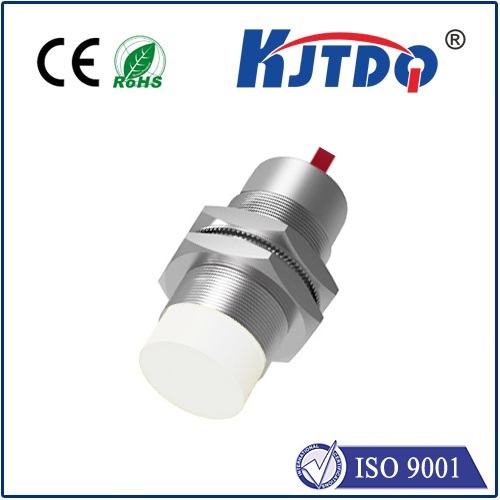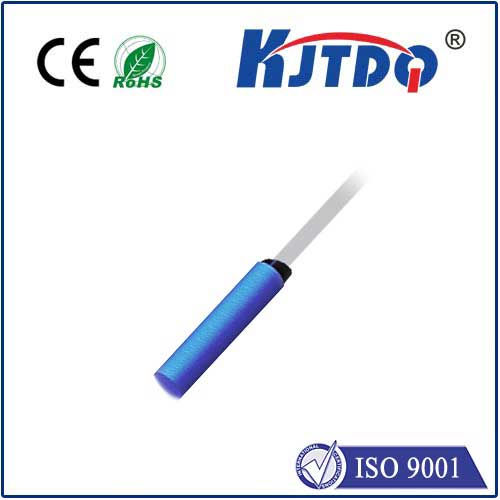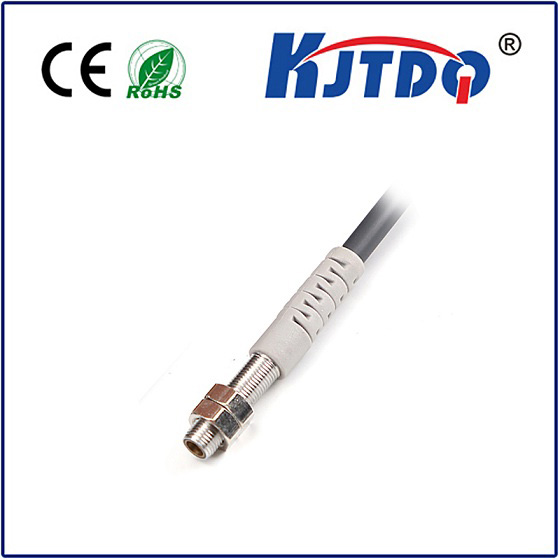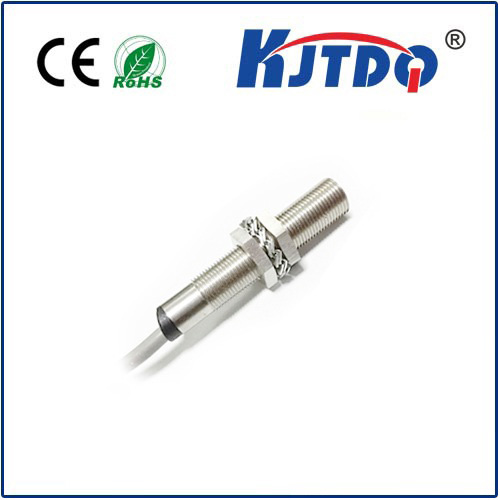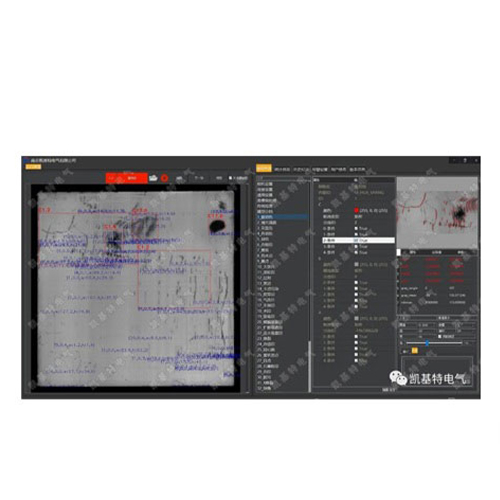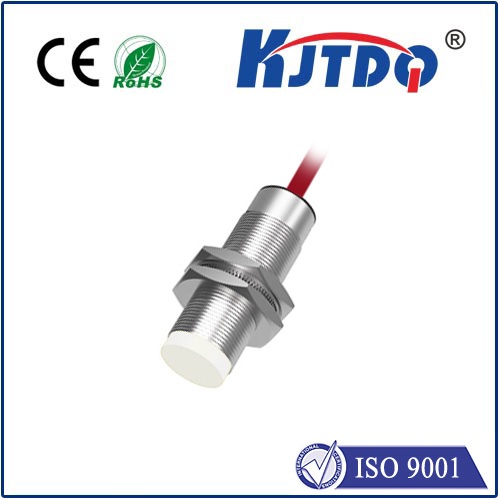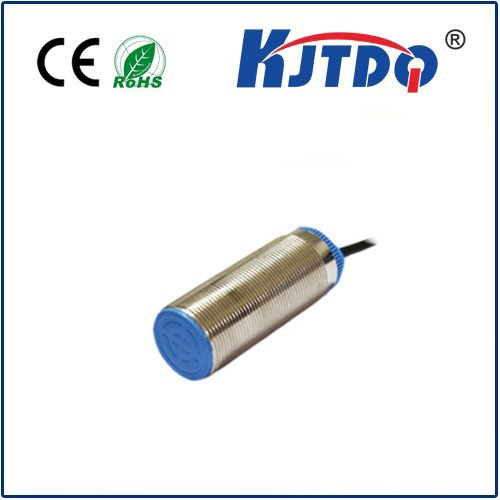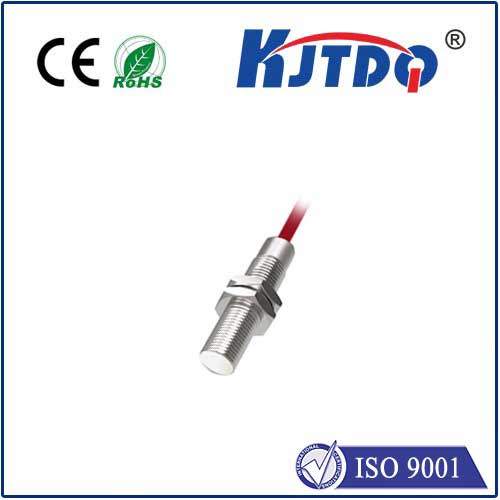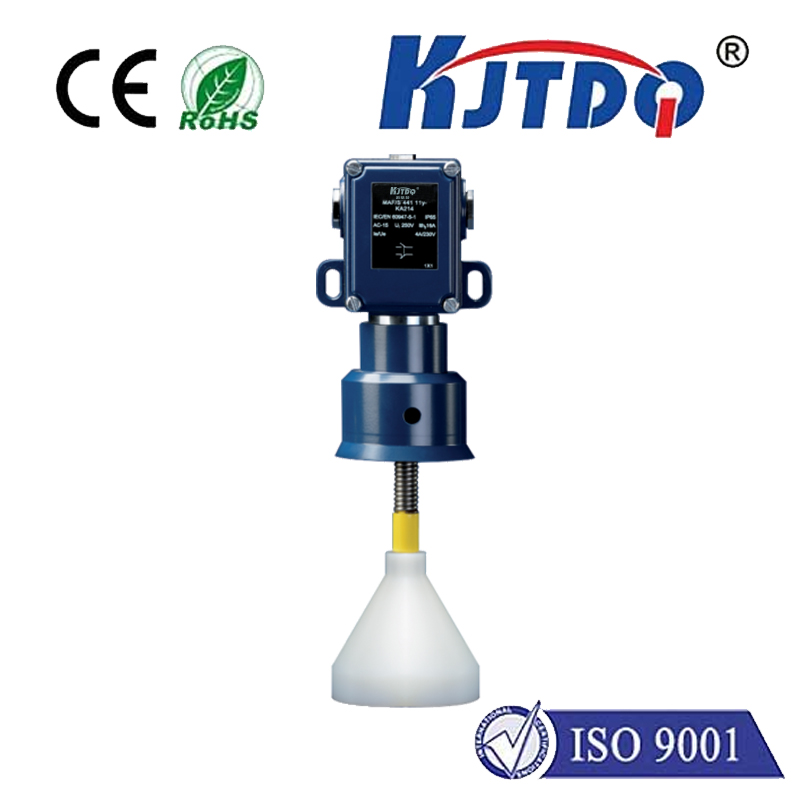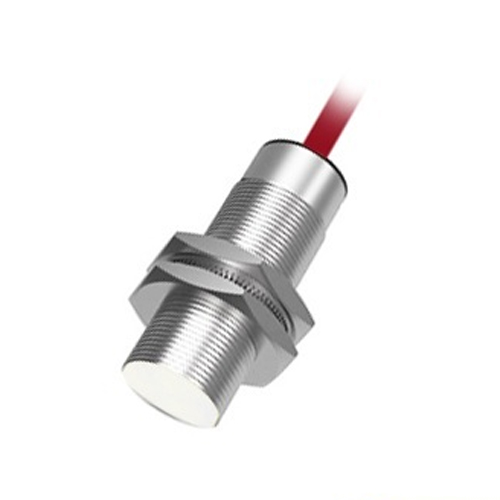BHS002K high pressure proximity sensor
- time:2025-10-17 05:12:48
- Click:0
BHS002K High Pressure Proximity Sensor: Your Shield for Reliable Detection in Extreme Environments
Imagine a hydraulic press exerting hundreds of tons of force, or a subsea valve operating under crushing ocean depths. In these critical, high-pressure zones, conventional sensors fail. Knowing the exact position of a component isn’t just about efficiency—it’s about preventing catastrophic failure and ensuring operator safety. This is the uncompromising domain where sensors like the BHS002K High Pressure Proximity Sensor become indispensable guardians of process integrity and asset protection.
Designed specifically for rigorous applications, the BHS002K stands apart. It transcends the limitations of standard proximity sensors by being engineered from the ground up to endure the immense stress and demanding conditions found in high-pressure hydraulic systems, oil and gas exploration, heavy industrial machinery, and specialized manufacturing processes. Its core mission is clear: deliver unwavering, non-contact position feedback where pressure isn’t just a factor, but the defining challenge.
Conquering the Pressure Barrier: The Core Technology
Standard inductive or capacitive proximity sensors function well in ambient or moderately pressurized settings. However, subject them to pressures exceeding hundreds or even thousands of Bar/PSI, and their delicate internal components, sensing fields, and housing integrity become vulnerable. Seal failures, signal drift, physical collapse, or contamination ingress become high-probability failure points. This is the critical gap the BHS002K high pressure proximity sensor addresses.

Key design elements empower its resilience:
- Robust, Pressure-Tolerant Housing: Constructed using exceptionally strong materials like high-grade stainless steel, the sensor body is built to withstand external pressure without deformation or implosion. This isn’t just about thickness; it’s about intelligent structural engineering.
- Specialized Sealing Technology: Going far beyond standard O-rings, the BHS002K employs advanced sealing methods. These could include sophisticated welded seals, multiple redundant sealing barriers, or specialized elastomers formulated for high-pressure stability, ensuring the sensitive internal electronics remain completely isolated from the hostile environment.
- Media Isolation: In applications involving aggressive fluids (hydraulic oil, seawater, chemicals), the sensor is designed to prevent these media from contacting or corroding the sensing element or electronics, often utilizing diaphragms or oil-filling techniques that transfer pressure without direct contact.
- Stable Sensing Performance: Critical to its function, the sensor’s inductive or capacitive sensing field is engineered and calibrated to remain accurate and stable despite the significant mechanical stress exerted by the surrounding high pressure. Compensation techniques ensure the detection distance and switching point don’t drift under load.
- High-Pressure Electrical Connections: Even the cable entry or electrical connector is specifically designed to maintain a perfect seal under extreme pressure cycles, preventing leaks that could compromise the sensor or the system.
Where the BHS002K Proves Indispensable: Critical Applications
The unique capabilities of the high pressure proximity sensor BHS002K make it the preferred choice in numerous demanding sectors:
- Hydraulic Power Units & Presses: Monitoring piston end positions, valve spool position, or clamp status in systems operating at several thousand PSI/Bar. Reliable detection prevents over-travel damage and ensures precise sequencing.
- Oil & Gas (Exploration & Production): Deploying within blowout preventers (BOPs), Christmas trees, downhole tools, and subsea control modules where pressures can be immense. Providing feedback on valve actuation, tool position, or lock status is vital for safety and control.
- High-Pressure Test Rigs: Ensuring component positioning and safety interlocks function correctly during pressure testing of vessels, pipes, or valves.
- Marine & Offshore Systems: Used in hydraulic systems for thrusters, winches, cranes, and diving systems operating under high seawater pressure.
- Specialized Heavy Machinery: Found in die-casting machines, extrusion lines, and forging equipment where high-pressure hydraulics are central to operation.
- Chemical Processing: Monitoring valve positions or actuator states in high-pressure reaction vessels or transfer lines.
Choosing the BHS002K: Tangible Benefits for Safety and Uptime
Selecting this specialized sensor delivers significant operational advantages:
- Enhanced Safety: By providing reliable position feedback in critical high-pressure zones, it helps prevent dangerous malfunctions, equipment overloading, and potential accidents. Knowing the true state of a component under pressure is paramount for safe operation.
- Maximized Reliability & Uptime: Engineered for durability in harsh conditions, the BHS002K drastically reduces sensor-related failures and unplanned downtime compared to standard sensors pushed beyond their limits. Its robust construction translates into longer service life.
- Precision Under Pressure: Maintaining accurate detection distance and stable switching characteristics, even as ambient pressure fluctuates dramatically, ensures consistent, repeatable machine control and process feedback.
- Reduced Maintenance Costs: Minimizing sensor replacements and associated labor in hard-to-access or hazardous high-pressure environments leads to significant cost savings over time.
- System Integrity: Its superior sealing protects both the sensor internals and the surrounding system from contamination or pressure leaks caused by sensor failure.
Key Considerations for Implementation
Successfully integrating the BHS002K high pressure proximity sensor requires attention to detail:
- Pressure Rating: Crucially, ensure the sensor’s specified maximum working pressure (and any proof or burst pressure ratings) exceed the peak operating pressure of your system, including potential pressure spikes. Never operate near the absolute maximum limit; incorporate a safety margin.
- Media Compatibility: Verify the wetted materials (housing, seals, diaphragm) are fully compatible with the specific fluid or gas in the application (e.g., hydraulic fluid type, seawater, H2S presence in oil & gas).
- Temperature Range: Ensure the sensor’s operational temperature specifications encompass the ambient and process-induced temperatures it will experience.
- Sensing Distance & Target: Confirm the nominal sensing range is suitable for the required detection gap, and the target material is compatible (ferrous/non-ferrous for inductive types). Ensure adequate clearance around the sensor head.
- Output Type & Connection: Select the correct electrical output (e.g., PNP/NPN, Normally Open/Closed) and connection style (cable, connector type) to match your control system requirements.
The Essential Guardian Where Pressure Reigns
In the relentless world of high-pressure industrial operations, standard sensors are a gamble. The BHS002K High Pressure Proximity Sensor is not merely an alternative; it’s a purpose-built solution engineered for survival and precision where others cannot function. It represents an investment in uncompromised reliability, operational safety, and long-term cost control for systems operating under extreme duress. When pressure defines the challenge, the BHS002K provides the dependable detection solution you can trust to perform, safeguarding both your machinery and your people. Its robust design and specialized construction make it a cornerstone technology for mission-critical tasks where failure is simply not an option.






